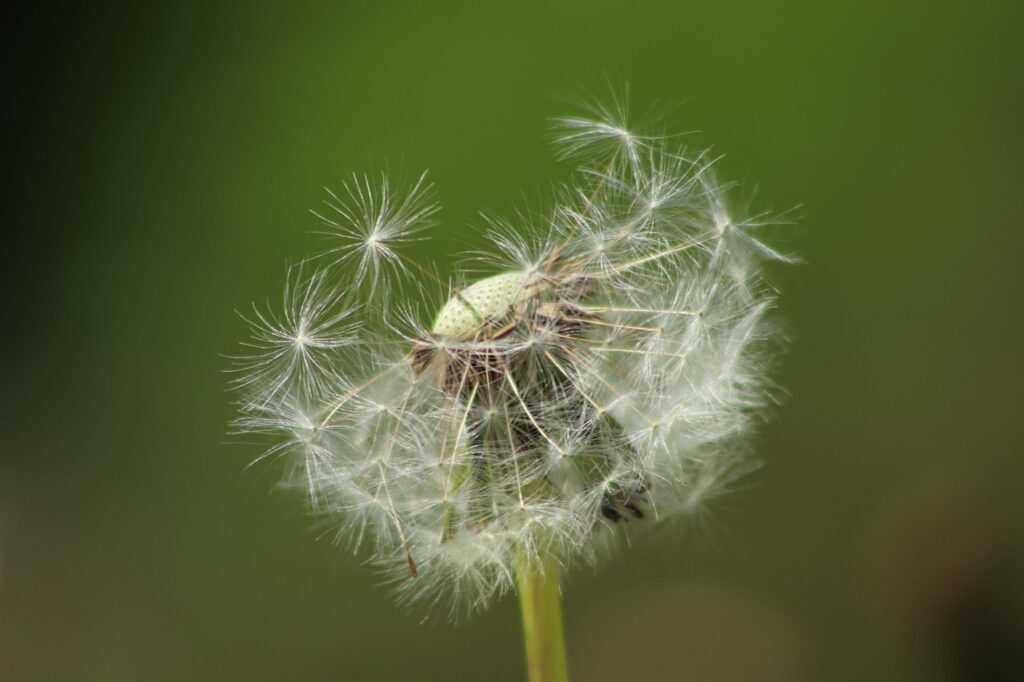Summer is the season for backyard BBQs, barefoot strolls across the lawn, and enjoying a green, healthy yard. But nothing ruins that picture quite like weeds taking over your landscape. Crabgrass, dandelions, clover—they don’t just mess with your curb appeal; they compete with your lawn and plants for sunlight, water, and nutrients.
The good news? You don’t need to spend your entire summer pulling weeds to keep them in check. With a little planning and consistency, you can drastically limit the weeds in your yard and enjoy a cleaner, healthier outdoor space.
Why It’s Smart to Limit Weeds
Before we jump into the how, let’s talk about the why. Keeping weeds under control isn’t just about making your lawn look nice (although that’s definitely a perk). Here’s why it really matters:
Weeds Compete for Resources: Weeds often grow faster and stronger than your grass or garden plants, stealing valuable water, sunlight, and nutrients.
They Attract Pests: Some weeds serve as shelter or food for bugs you don’t want hanging around your yard.
Weeds Can Spread Fast: Many weeds drop seeds that can lay dormant and return next season, often with a vengeance.
They Can Cause Allergies or Skin Irritation: Certain weeds, like ragweed or poison ivy, are more than just eyesores—they’re health hazards.
How to Limit Weeds This Summer
Ready to reclaim your lawn? Here are practical ways to cut down on weeds before they take over:
- Start with a Pre-Emergent Herbicide
Apply a pre-emergent in early spring (and again in early summer, if needed) to stop weed seeds from germinating. This step is crucial for preventing common warm-season weeds like crabgrass.
Tip: Timing is everything—apply before temperatures reach 55–60°F consistently.
- Mow High, Not Low
Keeping your grass a bit taller (about 3 inches, depending on the type) shades the soil and makes it harder for weed seeds to sprout. Short grass invites sunlight—and weeds. - Feed Your Lawn
A healthy lawn is the best defense against weeds. Use a quality fertilizer during the growing season to help your grass grow thick and strong. Dense grass leaves little room for weeds to take hold. - Mulch in Garden Beds
A 2- to 3-inch layer of mulch in flower beds and around trees helps block weed growth and keeps soil moist. Bonus: it gives your landscaping a neat, finished look. - Pull Weeds Early and Often
Yes, it’s still a good idea to pull weeds by hand—especially before they flower and go to seed. Keep a weeding tool handy so you can tackle them during a quick yard check. - Water Wisely
Deep, infrequent watering helps your lawn develop deep roots, while frequent shallow watering encourages weed growth. Water early in the day to avoid mold and evaporation. - Fix Bare Spots
Bare patches in your lawn are invitations for weeds to move in. Reseed or patch these areas with sod to keep them covered and healthy. - Edge Your Lawn
Creating a physical barrier between your lawn and garden beds or walkways can help stop creeping weeds from crossing over.
A Bit of Work Now, a Lot Less Hassle Later
Taking the time to prevent weeds early in the season means you’ll spend less of your summer pulling them and more time enjoying your yard. A weed-free lawn isn’t just better looking—it’s healthier, easier to maintain, and more inviting.
So pour yourself a cold drink, step outside, and enjoy a yard that’s lush, clean, and nearly weed-free. A little effort now pays off all summer long.



